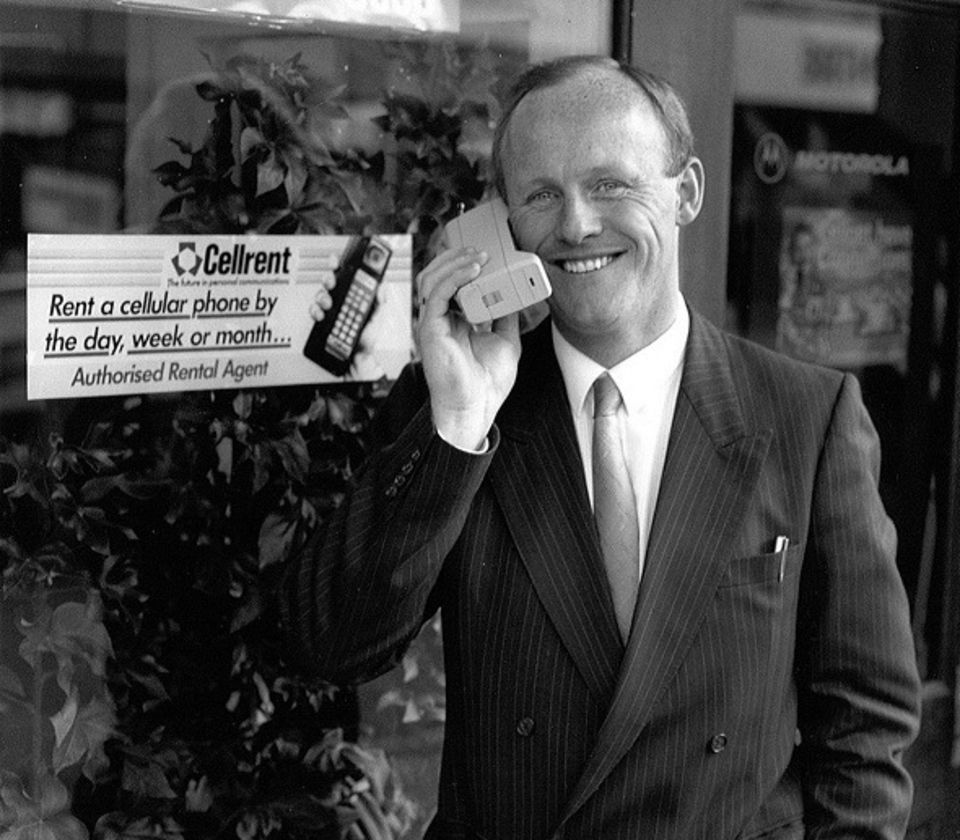
Humans. What makes us special? And how has our species achieved so much? Arguably, one of the things that makes us unique is our ability to communicate thoughts and ideas. Throughout the history of mankind, we can see how we have always strived to make the world a smaller, more connected place.
The history of communication dates way back. Do you know when was the first telegraph sent? You may have answered some point in the 19th Century. Well telegraphs actually date back to prehistoric times. These were visual, sent in a form of a smoke signal, beacon or reflected light.
You will also have probably all heard about the origin of the Marathon (not the chocolate bar!). This reportedly harks back to the legend of Pheidippides who ran non-stop from the battlefield of Marathon to Athens, to announce that the Persians had been defeated in the Battle of (you guessed it…) Marathon. Well immediately after delivering the message, Pheidippides collapsed & died.
The runners amongst us might suggest he should maybe have trained better. But it is perhaps no surprise that shortly after this the carrier pigeon was introduced! Pigeons were able to deliver a message from any location roughly 400 mile radius to their home base far faster than a human messenger. They were used as messengers in battles until recent history and their services remained the fastest communication system until the invention of electrical telegraphy.
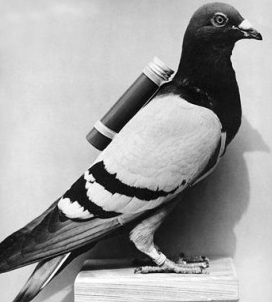
The age of Electricity
The early 1800’s saw a race with inventors across the globe creating different methods of transmitting telegraphs through the use of electricity. The first public electrical telegraphy company opened in the UK in 1845. The first wireless telegram was developed by Guglielmo Marconi and received in 1897 in Lavernock. The message sent was “ARE YOU READY”. Soon he was able to send signals across the Atlantic and by 1939 there were over 50 million telegrams sent in the UK.
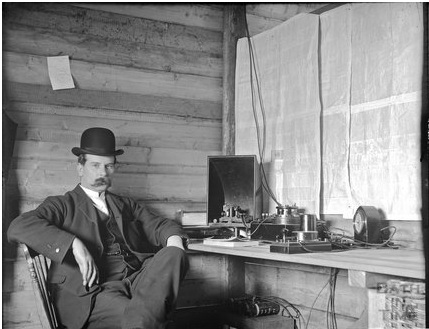
The history of the telephone is a very controversial one, riddled with claims & counter claims from various parties across the globe, during the mid-19th Century, regarding who had invented it first. The first successful telephone transmission was recorded in 1876 when Alexander Graham Bell spoke into his device: “Mr. Watson, come here, I want to see you.” I wonder if, in hindsight, he would have thought of something more emotive to say had he known that this would be marked forever in the annals of history?
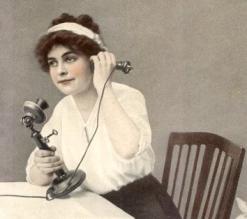
The earliest phones had just one port opening for sound, with the user alternately listening and speaking into the same hole. The benefits of a telephone exchange weren’t completely exploited. Phones were leased in pairs, enabling a connection only between the two phones. Users who wanted the ability to speak to several different locations would need to obtain and set up three or four pairs of telephones. The first phones also didn’t ring. The user alerted the other end, or the exchange operator, by whistling into the transmitter. At the beginning of 20th century, the users didn’t place long distance calls from their own telephones, but made an appointment to use a special sound-proofed long distance telephone booth. Although they were available much earlier, it wasn’t until the ‘80s, that the push-button phone replaced the rotary dial. Many people today wouldn’t have a clue how to work a rotary dial phone and have no idea that these shaped many decisions, such as the reason each country chose its emergency service numbers.
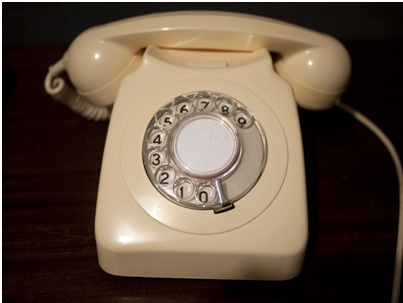
Cutting the Cord
Mobile phones have come a long way in the past ten or so years. But they date back further than you would realise. The first mobile phone call from a prototype of a first hand-held cell phone was made in 1973 by Martin Cooper. Cooper made the call with a Motorola that weighed in at a whopping 1.1 kg. This prototype turned into a commercially available cell phone, called the Motorola 8000x, 10 years later and was at first available in the US only.
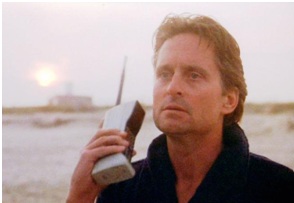
And if you ever catch yourself complaining about the battery life of your smartphone, bear a thought for these early uptakers as a full charge of the Motorola took roughly 10 hours and it offered just 30 minutes of talk time. Also be grateful when it comes to buying your next phone – the Motorola was priced at a bargain $3,995, which is equivalent to a staggering $10,000 today! Truly crippling figures!
These early phones became iconic of the era, featuring in movies such as “Wall Street” and as much a part of ‘yuppie’ culture as Power Suits and Porsches. The Motorola was a positive lightweight compared to the Vodaphone VT1 on which the first mobile phone call in Britain was made in 1985. This weighed in at 4.7 kg and cost £1,650 at the time!

Mobile phones really rose in popularity in the ‘90s, when mass production of Nokia phones took off. The first model that went to mass production was the Nokia 1011. One of Nokia’s biggest hits, the Nokia 5110 was introduced in 1998. It featured three games (Memory, Logic and everybody’s favourite – Snake) and had an exceptional battery life. I bet this one brings back a few memories for most of you! Such as the twitter like limit of characters you could include in one text message, and subsequent code of abbreviations to get your message across. Or the ritual of choosing which of your most important messages you could save on your phone, before culling the rest to allow room for new messages to be received!
Everybody’s going Surfin’…
The ‘90s also brought the internet to wider audiences with its slow and noisy dial up modems. We suddenly had the world at our fingertips, via the likes of AltaVista and Lycos. These exciting online capabilities are now incorporated into virtually every aspect of modern human life. Communication has been revolutionised by the internet, with information about almost anything accessible in a matter of seconds.
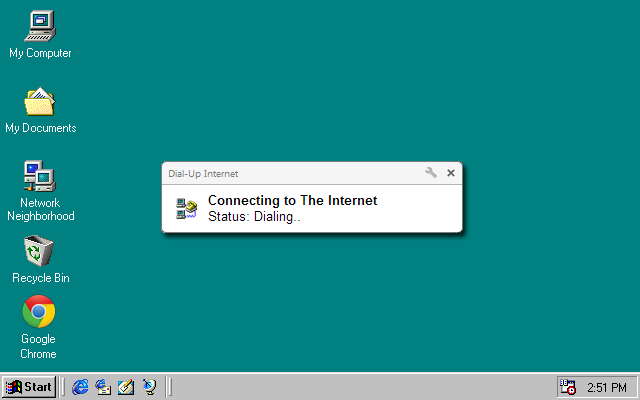
With the advent of mobile internet came smartphones, with the iconic iPhone leading the way in the market. And their popularity shows no sign of abating, with landlines in the decline and the market for smart devices ever increasing.
The home phone has been somewhat left behind in this race for connectivity. But in a world of text messages and emails, we shouldn’t forget the importance of a real conversation. The dynamics, the energy, the pure emotion of actually talking to our loved ones. And the feeling you get when you hear their voice.
Sentab has taken all of the benefits of the modern connected age, and used them to enable everyone to be just a button push away from real conversations. And we’ve taken this to the next level by not only allowing you to hear your loved ones voices, but also putting them in the room with you through free, high quality video calls directly on your TV. We also offer a full selection of messaging services amongst many other features. But in the immortal words of Bob Hoskins – It’s good to talk!
Check out our website for more information at www.sentab.com.